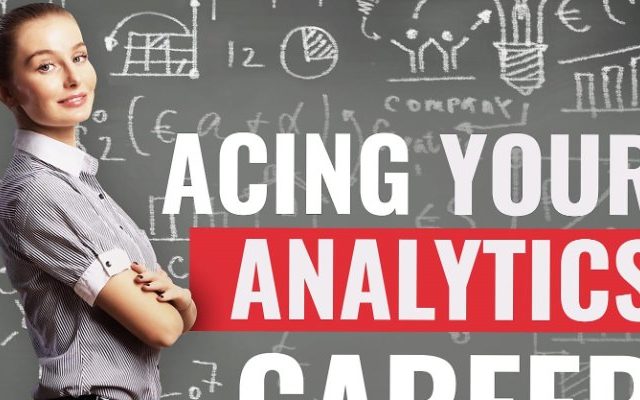It was 2008. I had just entered a meeting room full of just women-for the first time ever in my life! I walked back out to check the meeting room name to make sure I was in the right place. I was the recently hired senior analyst meeting the Adobe campaign team for the first time.
I spoke very little in that meeting because, as you can imagine, I was sitting in awe.
Why?
In high school, my computer science section had 10 women in a class of 40+. This was history making: that section had never seen more than 4 women in total. My undergrad engineering college had 15 women in 550+. Again the number of women enrolled was historical! I saw something similar getting my two master’s degrees in engineering from the University of Minnesota and Texas A& M University, though the percentages were better.
In my analytics job, the trend continued.
Even when I’ve spoken at the analytics conferences, I find very few fellow women speakers. Doesn’t make for the best of experiences in the green room!
If I have ever felt the slightest regret for my chosen career path, it was that day in 2008, sitting amidst the women, wondering what school I needed to attend to be like them. They were all marketers!
But here’s what’s most important: I love doing what I do. Analytics is my true calling and empowering others with that know-how is my passion.
Am I an anomaly? No, but I might just be an early adopter.
A University of Pennsylvania brain image study found that in contrast to men, who have greater interconnectivity within a brain hemisphere, the wiring in females crosses between the left and right hemispheres, suggesting that females’ brains facilitate communication between the analytical and intuition. When most of us think of analytics, we think of mathematics or statistics. And we know historically men have greater strength in mathematics and technology. That would make us believe that men are better in the analytics profession.
But anybody who has excelled in analytics can tell you that the most impactful insights come from hypothesis-driven analytics: creative ideas as plausible solutions to a problem generated by the right side of the brain, which are then analyzed by the left side of the brain using math and statistics. Analytics is data science married to decision science.
Women are powerfully positioned to help meet the current and future analytics gap-the gap of 1.5 million data savvy managers predicted by the 2011 McKinsey study.
Looking at my personal experience-working within organizations like PayPal and Adobe and as a consultant to companies like Google, Box, Sutter Health I find the percentage of women in analytics has been on the rise the last 5 years. I have observed that the women analysts I’ve worked with tend to be more adept at the decision science track of analytics-connecting the dots to business, stakeholder alignment and communication, hypothesis generation-than men. And this now makes sense in the light of the UPenn study.
In my last 5 years of experience training individuals and corporate teams, I also see the same trend. A rising numbers of women trainees.
In another decade or so, I believe we’ll see more gender parity in analytics teams and I may indeed one day walk into a room full of fellow women analysts! It will be the reality of 2025.
So if you are an Athena and a business professional, looking to dip your toe in analytics, whether it’s to work as an analyst or to leverage analytics in your day-to-day decision-making, check your analytics aptitude here. If you score more than 16, analytics is calling you! Download your copy of Acing Your Analytics Career Transition today and don’t look back.
And men, if you too score more than 16, I want to talk to you, too.
*This article was inspired by my recent connection with Marie L. Clark, my fellow Athena from AATOF
Article by channel:
Everything you need to know about Digital Transformation
The best articles, news and events direct to your inbox






